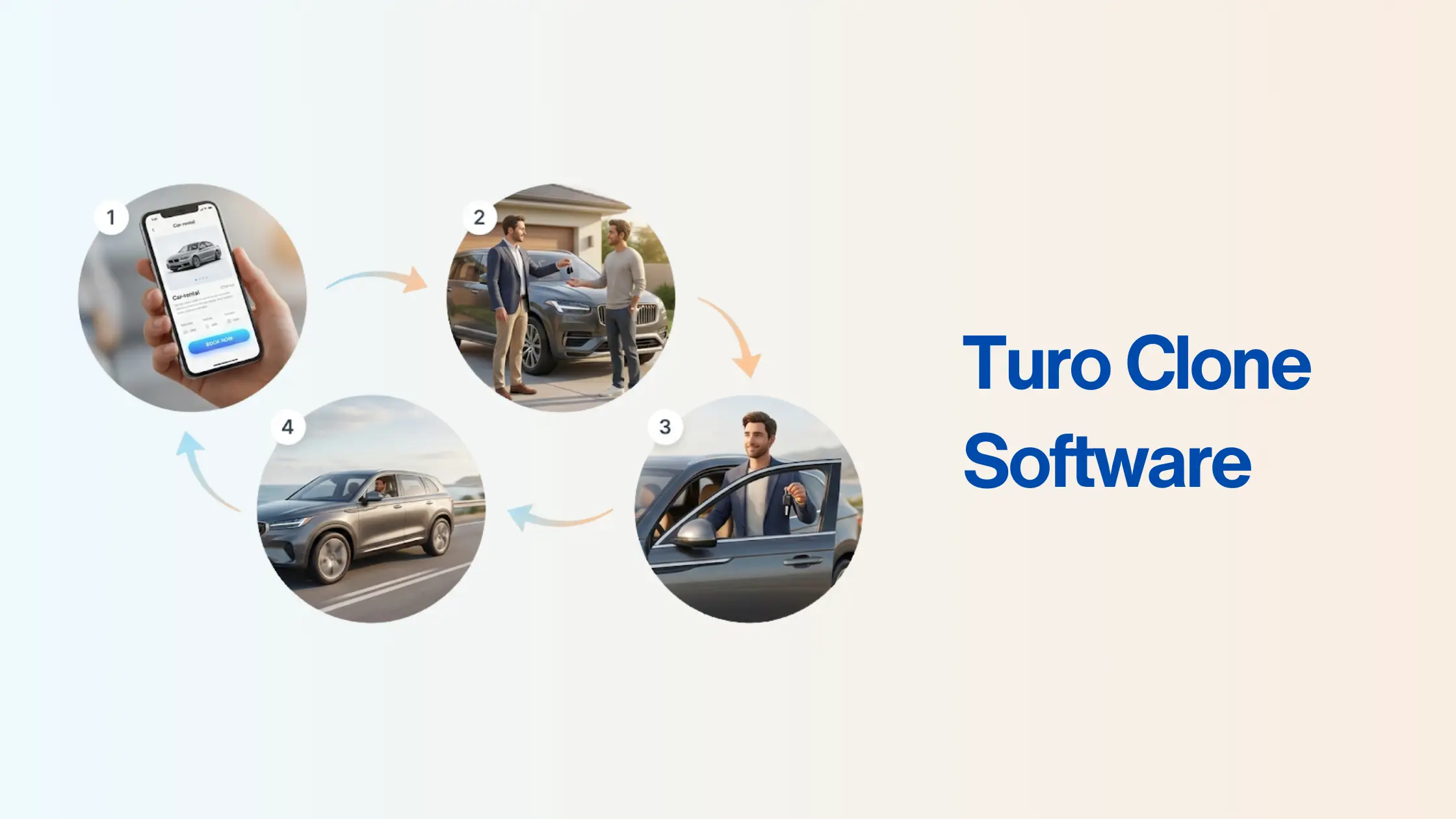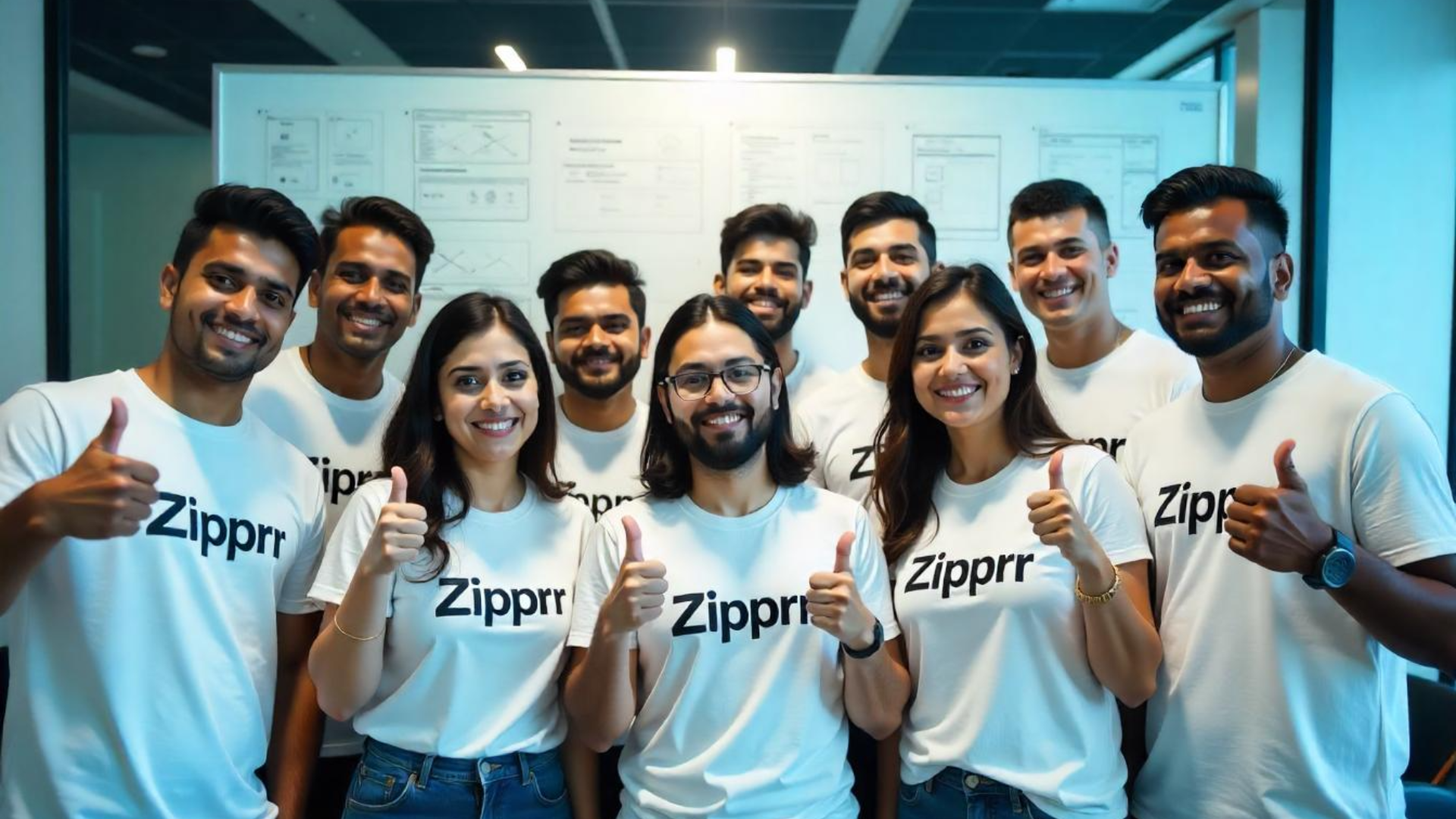Founded in 2006, Envato has grown into one of the leading online marketplaces for creative digital assets. The Australia-based company operates a thriving multi-sided platform connecting creators of themes, templates, graphics and more with millions of buyers.
Envato’s sites like ThemeForest, CodeCanyon and GraphicRiver provide a bustling ecosystem for creators to monetize their work. For buyers, Envato offers an endless trove of assets to use in web/app development, content creation, and more.
In this guide, we’ll dive into the history behind Envato’s rise, break down their marketplace business model, highlight key website features, and provide tips for building your Envato clone. Let’s get started!
Historical Roadmap of Envato
Envato has its roots in CYBAEA, a web design firm started in 2006 by Collis Ta’eed, Jun Rung, and Adrian Valenzuela in Sydney, Australia. The founders identified a need for pre-made themes and templates to accelerate web development.
2006-2009 – Early Marketplaces
Envato’s first site was ThemeForest, launched in 2008 as a theme marketplace. CodeCanyon soon followed, catering to developers. Early traction validated the market potential.
2010-2014 – Growth Years
Over the next few years, Envato expanded into other creative verticals: GraphicRiver for graphics, AudioJungle for music/audio, VideoHive for stock footage and more. Key acquisitions like ThemeFusion strengthened their portfolio.
2014-2019 – Funding and Market Expansion
A 2014 funding round from Blackbird Ventures helped Envato continue growing globally. They built out their team, expanded community tools, and added Photodune for photography. Total community surpassed 10 million members.
2020-2023 – Part of Elementor Family
In 2020, Envato was acquired by Elementor and joined their suite of WordPress products and services aimed at web creators. Envato continues to be a leading digital marketplace under Elementor.
With over 20,000 sellers offering millions of creative assets, Envato has become a go-to resource for creators worldwide. Next let’s examine their marketplace business model.
Envato Revenue Model
Envato operates a multi-sided platform that cultivates value creation and exchange between:
Sellers
- Creatives offering digital assets like themes, templates, graphics, photography, video, audio clips etc.
Buyers
- Developers, agencies, creatives purchasing assets to integrate into client projects or personal use
The Marketplace
- Provides platform for listing, search/discovery, transactions, community tools
- Collects revenue by taking a cut of seller earnings
Split Revenue Model
Envato follows a typical marketplace split revenue model. Sellers retain about 70% of an item’s listed price. The remaining 30% is Envato’s commission.
Popular items that rack up lots of sales can generate substantial earnings for top sellers. This incentivizes seller participation and quality contributions.
Other Monetization
- Subscriptions like Envato Elements that offer unlimited downloads for a monthly fee
- Value-added seller tools and services for a fee
- Advertising across their network
This well-optimized model has powered Envato’s rise into a $1 billion+ global marketplace empire.
Core Website Features
Envato provides a robust platform to facilitate discovery and transactions between millions of buyers and sellers. Here are some key features that enable this:
Seller Profiles and Portfolios
Sellers have profile pages displaying their items for sale, ratings, reviews, bio info, and contact details. Profiles build seller credibility and identity.
Item Listings
Listings provide details like screenshots, descriptions, use rights, file formats. Reviews and ratings help buyers vet quality. Promoted placements increase visibility.
Search and Filtering
Buyers can search 40M+ items by keyword, filter by criteria like price, format, compatibility. This facilitates finding relevant assets.
Shopping Cart and Checkout
The shopping cart enables multi-item purchases and promotions. Checkout accepts various payment methods and handles licensing agreements.
Discussion Forums
Community forums allow buyers and sellers to interact. Sellers get feedback to improve offerings. Buyers get questions answered.
Building each side of the marketplace equation results in a flywheel effect that seeds further growth.
How to Build a Website Like Envato - 5 Steps
Step 1: Choosing a Niche
First things first – you need to identify a focused niche for your marketplace. Some options:
Creative Assets
- Web themes/templates
- Graphic design elements – icons, illustrations, fonts, etc.
- Stock photography
- Video files like After Effects templates
- Audio clips and music loops
Digital Products
- Online courses and tutorials
- eBooks/PDF guides
- Software scripts and plugins
- Mobile app templates
- Logo templates
3D Models
- 3D print models
- Game assets
- Architectural models
- VR/AR models
Find an underserved niche where you can add value. Avoid scattering yourself too thin across multiple categories. Become THE go-to marketplace for your chosen vertical.
Step 2: Build the Seller Platform
Now it’s time to create an awesome platform to attract and empower sellers.
Onboarding Process
Make it super easy for sellers to set up profiles – guide them in creating compelling bios, portfolio listings, payment accounts.
**Seller Dashboard **
Provide tools to add/manage products, monitor sales, process earnings, message buyers, access resources.
Seller Profiles
Let sellers showcase their brand and items in their individual profiles. Enable contact forms.
Community Forum
Launch discussion forums for sellers to connect, get product feedback, suggest improvements.
Marketing Assistance
Share resources on optimizing listings for discoverability. Highlight top sellers on your homepage, social media.
By providing robust tools and support, you can build loyalty with sellers to expand your catalog.
Step 3: Optimize Search and Discovery
With thousands of items available, making it easy for buyers to find exactly what they need is crucial. Some effective techniques:
- Implement robust keyword search so buyers can pinpoint relevant assets.
- Allow filtering by criteria like file type, compatibility, rating, price. This lets buyers narrow down options.
- Show related and recommended items based on search and purchase history to surface items they may like.
- Feature curated collections on your homepage for categories like “Trending”, “New Additions”, “Staff Picks”.
- Suggest complementary assets frequently bought together.
- Auto-suggest relevant search terms as buyers type queries.
Blending search, filters, recommendations, and curation minimizes hunting through irrelevant results. Smooth discovery equals more conversions.
Step 4: Streamline the Buying Experience
Once buyers find an item they want, make it painless to purchase. Some tips:
- Ensure listing pages provide all necessary info like descriptions, specs, usage rights, previews. Address common questions.
- Allow buyers to easily contact sellers with any unanswered questions before purchasing.
- When checking out, clearly confirm what formats buyers will receive, along with licensing terms. Remove uncertainty that deters buyers.
- Save payment details for faster checkout next time. Friction costs sales.
- Send confirmation emails with licenses and download instructions. Buyers can access info later.
- Allow buyers to access purchase history and re-download items. Provide great post-purchase experience.
The more you minimize purchasing friction, the higher your conversions will climb.
Step 5: Foster Your Community
While transactions are key, you also want to build personal connections between buyers, sellers, and your brand. Some ways to cultivate community:
- Launch discussion forums where buyers and sellers can interact. Humanize transactions.
- Enable user profiles beyond just stores. Let buyers and sellers share backgrounds if desired.
- Allow buyers to post reviews, rate items, follow favorite shops. User-generated content builds engagement.
- Share your marketplace’s story through blogs, newsletters, social media, podcasts. Draw users in.
- Host live events – in-person or virtual – for networking and community building.
- Recognize standout contributors through badges, testimonials, or special privileges.
Online marketplaces thrive when human connections develop. Find ways to nurture your creative community.
How Much Does It Cost to Create a Website Like Envato?
Here are typical costs involved in building an online marketplace startup:
Developing the Platform
A custom built multi-vendor marketplace platform with required functionality will likely cost $100,000 – $500,000+. Complex capabilities like recommendations engines increase costs.
Digital Asset Inventory
Unless you create all assets in-house, you need to incentivize sellers. Plan for seller incentives and content licensing budgets while bootstrapping the catalog.
Marketing and User Acquisition
Significant budget needs to be allocated for advertising, content marketing, promotions to attract both buyers and sellers. $100,000+ minimum.
Other operating costs
Ongoing overhead for staffing, office space, legal, cloud hosting, etc. Easily $50,000 – $150,000 per year.
Budget at least $250,000 – $500,000 to get an MVP launched and funded until revenue ramps up. Ongoing costs need to be funded through outside investors to scale.
How Zipprr Develops Sites Like Envato
While developing a digital marketplace requires heavy lifting, Zipprr has the specialized expertise to bring your vision to life. Our technical proficiency in building multi-vendor platforms combined with our strategic guidance at every stage sets you up for success.
Our process includes:
- Collaboratively mapping out platform requirements
- Designing intuitive, user-friendly interfaces
- Developing performant and scalable architecture
- Integrating key marketplace functionality like search, listings, cart, and more
- Launching and iteratively enhancing the platform based on user data
- Ongoing maintenance and DevOps
We identify the optimal technology solutions and follow proven strategies to attract both sellers and buyers to your marketplace. Our goal is to help you maximize long-term business value.
Let’s explore how we can partner to develop your online marketplace and cash in on this trillion dollar opportunity.
Wrapping Up
In the 15 years since its founding, Envato has built one of the largest online marketplaces catering to digital creators and consumers. Their winning playbook provides a blueprint for replicating a thriving multi-sided platform.
By identifying an underserved creative niche, building robust marketplace infrastructure, and cultivating your community of sellers and buyers, a digital goods e-commerce business can thrive. Although competitive, the sheer size of the market provides ample opportunities for new players.
Envato stands as an excellent model for unlocking the potential of connecting creators to audiences globally. Their journey illustrates how a bootstrapped startup can grow into a billion dollar company by empowering digital commerce ecosystems.
Frequently Asked Questions
What technology does Envato use to build their platform?
Envato utilizes a mix of technologies like Ruby on Rails, React, Node.js, GraphQL, and Kubernetes to build a high-performance marketplace able to handle millions of users.
How can I attract sellers to a new marketplace?
Some tips are to focus on underserved niches, provide seller tools/support, create marketing assets for them, start by directly recruiting top creators, and minimize barriers to entry.
What are key user experience tips for a digital marketplace?
Offer robust search/filtering, smooth purchase flows, product reviews, discussion forums, recommendations engine, and responsive support to satisfy both buyers and sellers.
How does Envato process payments and handle disputes?
Envato integrates payment gateways like Stripe to handle transactions securely. They act as an intermediary holding funds until any disputes between creators and customers are resolved.
What can I do if my marketplace isn't gaining traction initially?
Analyze user feedback to identify bottlenecks. Refine your value proposition and messaging. Focus on better serving a core niche before expanding. Be patient and continue improving the experience for both sides.







